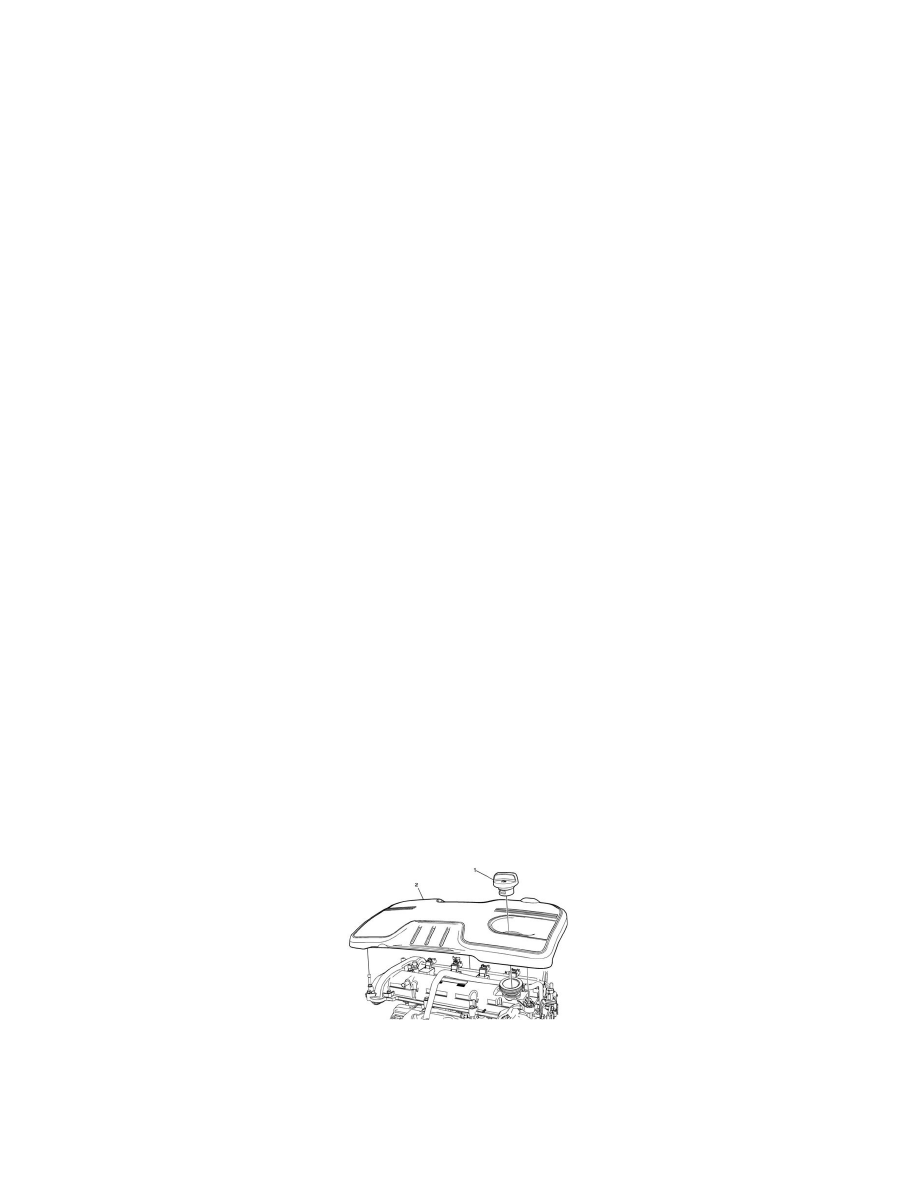LaCrosse FWD L4-2.4L (2011)

Sound Proofing / Insulation: Customer Interest
Fuel - Clicking/Ticking Noise From Rear of Engine
TECHNICAL
Bulletin No.: 11-06-01-002
Date: April 12, 2011
Subject: Clicking, Ticking Noise from Rear of Engine (Install Sound Insulator Between High Pressure Fuel Pump and Fuel Pipe Connection)
Models:
2010-2011 Buick LaCrosse, Regal
2010-2011 Chevrolet Equinox
2010-2011 GMC Terrain
Equipped with 2.4L Engine RPO LAF
Condition
Some customers may comment on a clicking, ticking noise coming from the rear of the engine.
Upon investigation, the technician may find the sound coming from the high pressure fuel pump to fuel pipe connection area.
Cause
The 2.4L engine uses a direct injection fuel system that operates in a range of very high fuel pressures. A direct injection fuel system produces a rapid,
clicking, ticking noise that can be heard coming from the engine compartment. The sound is more evident when outside around the vehicle or when the
hood is open. The sound is more noticeable during idle, and is more frequent during a cold start but lessens once the engine is warm.
The rapid ticking noise on cold start up is the high pressure fuel pump, which is located on the rear of the cylinder head building up high fuel pressure.
When the engine warm-up is completed, the high pressure fuel pump will continue to tick at a slower rate of approximately one tick per second during
idle. There are additional clicking noises that will come from the fuel injectors pulsing on and off under the higher fuel pressures.
Correction
Install a sound insulator between the high pressure fuel pump and fuel pipe connection, following the procedure below. This will make the sound coming
from the high pressure fuel pump area less noticeable, but it will not completely eliminate it.
Important
DO NOT replace any parts for this kind of clicking or ticking noise as this is a normal operating characteristic of the direct injection high
pressure fuel system.
1. Verify that the noise is coming from the high pressure fuel pump to fuel pipe connection area.
‹› If the noise is coming from the high pressure fuel pump to fuel pipe connection area, proceed to Step 2.
2. Turn OFF the ignition. Remove the engine oil cap.
3. Remove the intake manifold cover (2).
4. Disconnect the electrical connector of the high pressure fuel pump.
